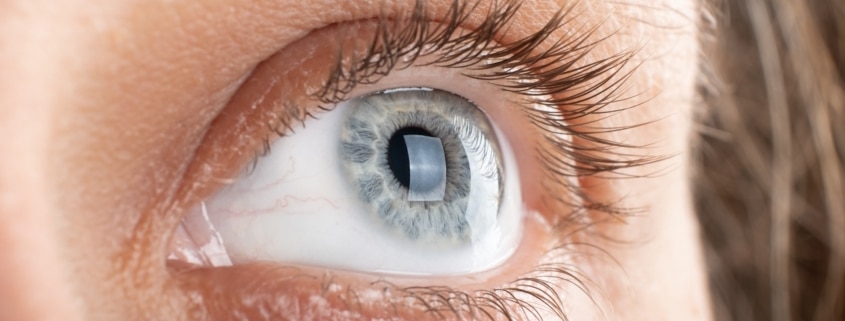Corneal Healing After Transplant Surgery
A cornea transplant can restore clear vision and relieve discomfort when the natural cornea becomes damaged or diseased. Healing properly after surgery is key to long-term success and avoiding complications.
At Maehara Eye Surgery & Laser in Honolulu, patients benefit from decades of trusted care. Dr. Jeffrey Maehara is a board-certified ophthalmologist and fellowship-trained Anterior Segment–Glaucoma Specialist, with advanced training in corneal transplants, LASIK, and cataract procedures. He brings experience from Tulane Medical School and leadership in surgical innovation across Hawaii.
Knowing what to expect during recovery can help patients feel more prepared and confident as they recover and return to their daily lives.
What to Expect in the Healing Timeline
Healing from a cornea transplant typically takes several weeks to months. During the first few days after surgery, patients may experience:
- Mild discomfort or irritation
- Sensitivity to light
- Blurry or fluctuating vision
It is normal for vision to take time to stabilize. In some cases, vision may continue to improve for up to a year following the procedure. Regular follow-up visits are crucial to monitor progress and adjust medications as needed.
Supporting Healthy Corneal Healing
Healing well after a cornea transplant begins with closely following your post-surgery instructions. Using your prescribed eye drops on schedule helps prevent infection and keeps inflammation down, which are both important for a smooth recovery. Be gentle with your eye and avoid rubbing or applying pressure to it, even if it feels itchy or irritated.
If your doctor recommends it, wearing an eye shield while you sleep can help protect your eye from accidental bumps. It’s also a good idea to hold off on strenuous physical activity and avoid swimming until your surgeon says it’s safe.
Protecting your eyes from things like wind, dust, and smoke can also play a big role in how well you heal. When you’re outside, wearing sunglasses helps reduce sensitivity to light and shields your eyes from irritants while they recover.
When to Contact Your Eye Surgeon
While mild symptoms are expected, certain signs may indicate a complication. Contact the surgeon promptly if any of the following occur:
- Severe or increasing eye pain
- Sudden vision loss or decrease
- Redness that worsens over time
- Swelling around the eye
- Discharge or unusual fluid
Prompt attention to these symptoms helps prevent further damage and supports long-term transplant success.
Corneal Transplant Recovery in Honolulu, HI
Healing after a cornea transplant takes time, but with the right care and guidance, most patients see real improvements in both vision and comfort. Support, monitoring, and personalized treatment plans all help protect your results for the long term.
If you are preparing for a cornea transplant or currently recovering and have questions, scheduling a consultation is an important next step. To speak with a team member, contact us at 808-955-3937. Getting expert care early can make a lasting difference in how well your eye heals and how soon you feel like yourself again.



